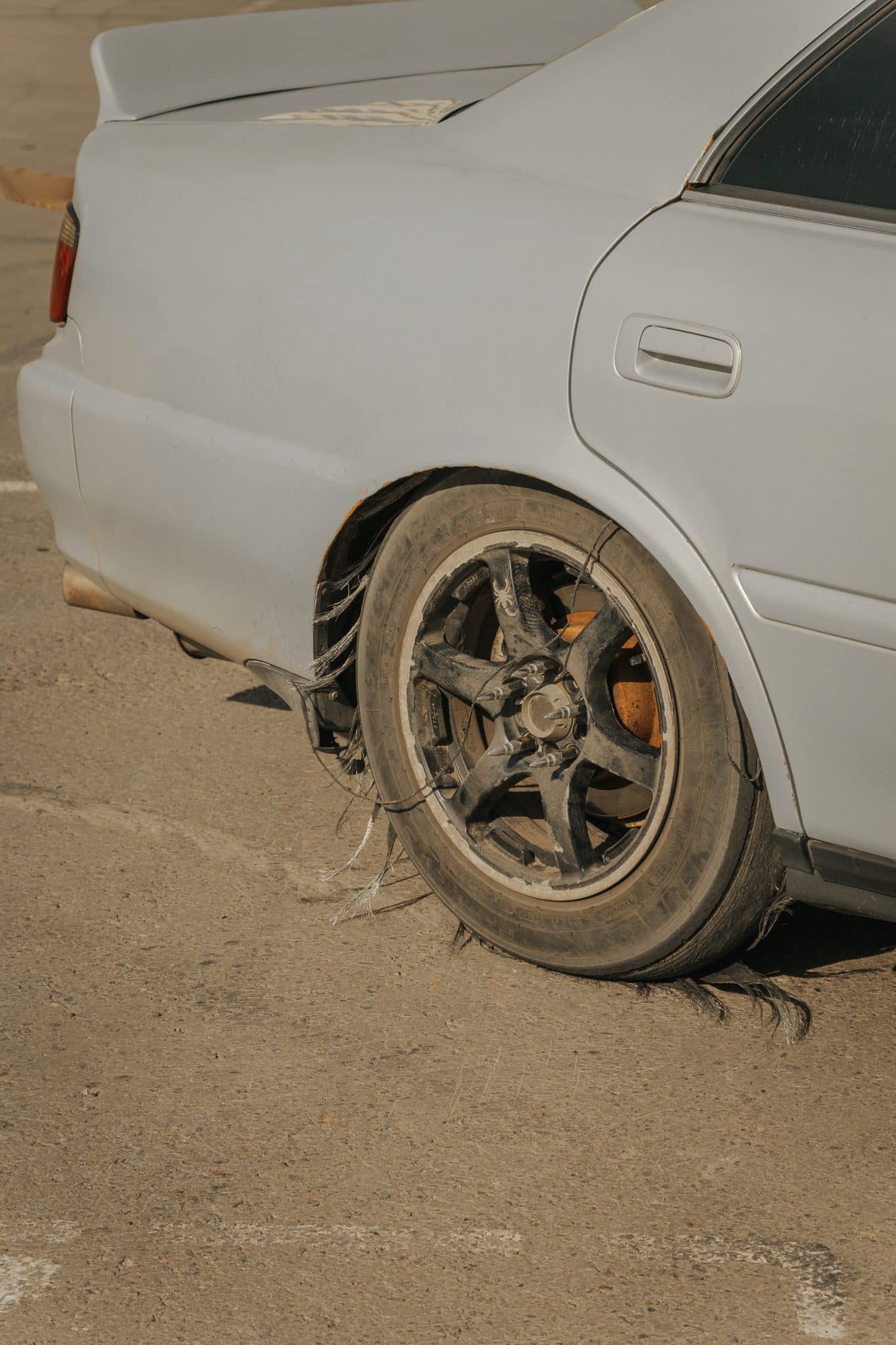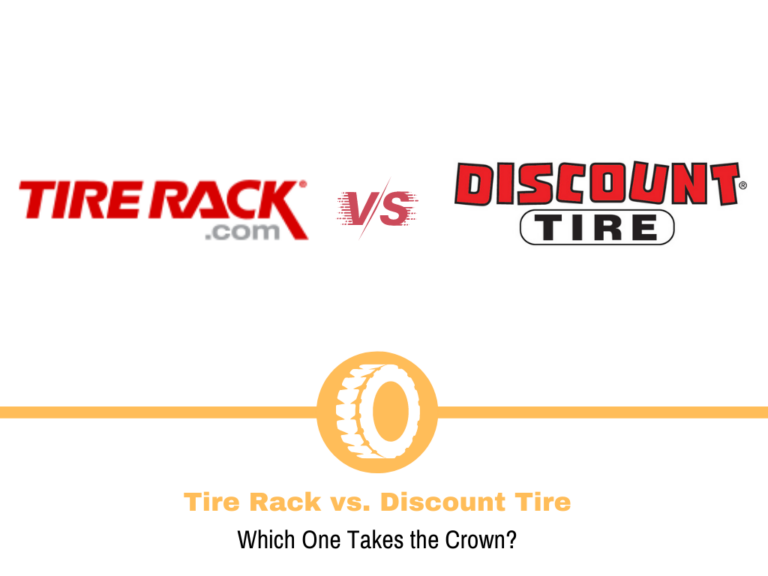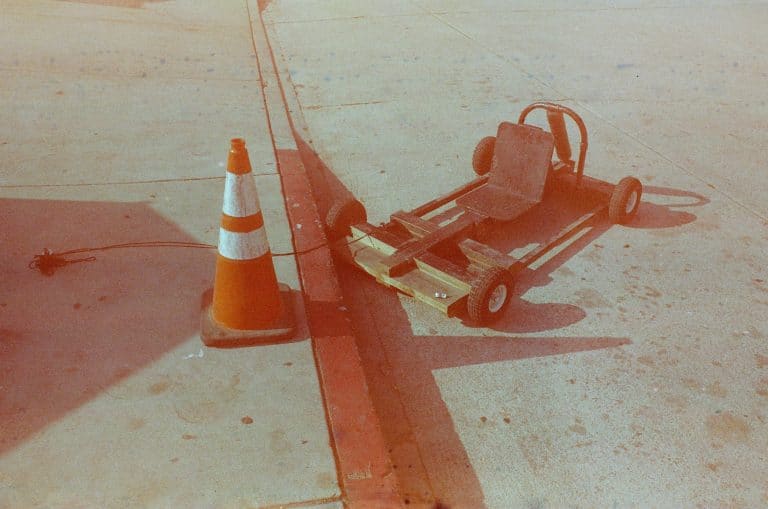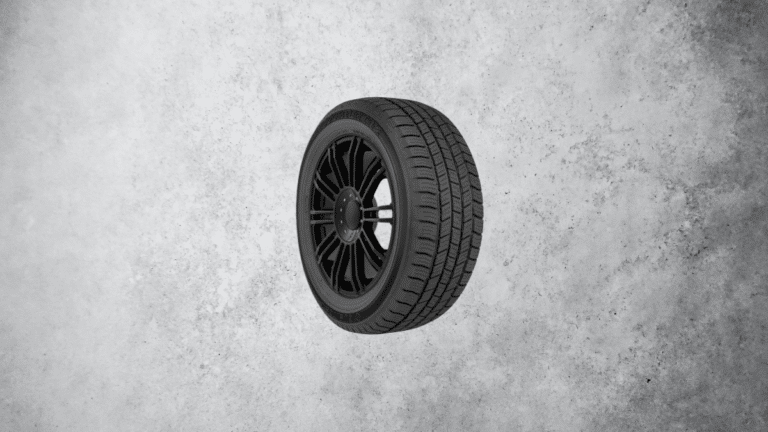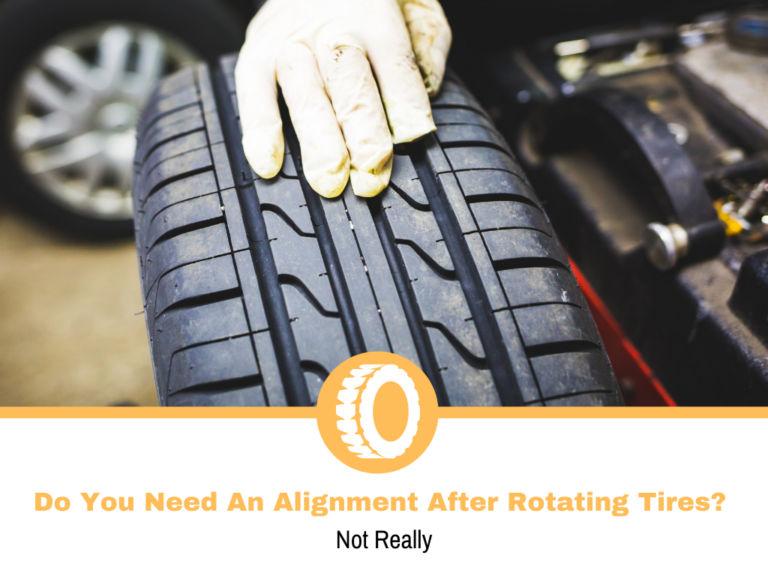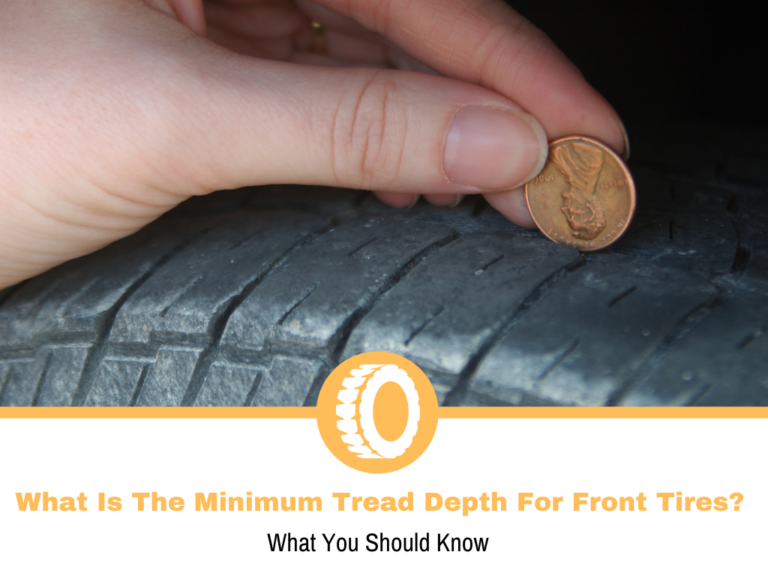Can you drive with a tire that has its cords showing?
A car is a complex piece of machinery consisting of many consumable parts. As time goes on and you drive your car, they need to be replaced are regular intervals. Some are replaced based on age, while others depend on the mileage you drive. There is also the third kind dependent on both aspects and those are the tires.
Tires are a complex mix of rubber, steel, and other materials that give their properties. This gives us drivers the performance we need to have some fun, but most importantly, to keep us safe. Both aspects play a crucial role in a tire’s ability to deliver performance. Tire age and wear are aspects that some owners don’t pay too much attention to, so to ensure that you’re getting the most, keep an eye on both.
As part of a tire’s wear process is that you’re getting closer and closer to the cords to the point where they show. So, the real question here is: can you drive with a tire that has its cords showing? You shouldn’t, but let’s dive into the subject and see why you shouldn’t.
What are Cords on a Tire?
Before I cover the topic at hand, let’s discuss the fundamentals, which in this case cover the cords. A tire is a combination of multiple materials, with the rubber being the one we pay the most attention to because that’s the one we see. Beneath that, there are multiple other materials, including the cords.
In most cases, the cords are made from steel, and they serve two main purposes. They prevent any damage to the casing, which holds the entire tire together and delivers the necessary performance. On the other hand, the steel cords are also stiff enough to keep the tread area of the tire as flat as possible to give you the biggest contact patch possible.
Why do the Cords Show on a Tire?
With the what out of the way, let’s talk about the why and in this case, we’ll discuss why the cords show and it all comes down to wear. The main reason for this is the rubber compound. To ensure you’re getting the necessary performance, manufacturers use rubber designed to stick to the road. While this does wonders to deliver grip and traction, it has a drawback and that’s wear.
When you drive, the tire grips the road using friction. The weight of the car pushes the tires into the road and that gives it the performance. With each rotation, the forces and several other external factors are the main reason microscopic parts of the tire get torn off. You won’t see this with the naked eye after a few miles, but after several thousand, you’ll notice. In the tire industry, this is called treadwear, and it’s perfectly normal.

To be fair, there are exceptions to this and the most common scenario is uneven wear. There are multiple reasons one tire or one part of a tire wears faster, so check out my guide on the subject to get an idea of what causes this. The second one is driving like a maniac, which is technically premature wear. Unlike the accelerated wear of the factory tires that your car came with, doing burnouts, drifting, or driving aggressively will wear down the tires much faster. This is one of the several reasons most racing series chance the racing slicks several times during a race.
As the tire wears down, at a certain point, the rubber above the steel cords will be gone, which will expose the internal components.
Tire wear is something that accelerates as tires age. Within the first several years, it’s not a massive problem, but once you reach the point where the tire is too old, you’ll notice additional problems. With the lack of performance aside, the old rubber is dry and with that, the rate of wear is increased.
Should you Drive a Tire that has its Cords Showing?
Now it’s time to answer the burning question: should you drive with a tire that has its cords showing? The short answer is absolutely not. For the long answer, keep reading.
A tire that has its cords showing on the entire width of the tread or parts of it means that it’s worn down much more than it should be. We talk about tread depth and its importance in terms of performance. The minimal depth is 2/32 or an inch, which is something I don’t recommend reaching. Anything below 4/32 or 5/32 offers limited performance, so you should think about replacing the tires.
If you see the cords on a tire, it means that you’ve worn the tread far more than even the legal minimum. As a result, you’re looking at a very compromised performance, which in most cases is dangerous. You won’t get nearly as much grip and traction as needed and you’ll have longer braking distances. This is if you compare the worn-down tire with a new one.
On top of that, the risk of a blowout increases drastically in these situations. Driving with a tire that doesn’t have its cords showing means that smaller rocks and all kinds of debris won’t be an issue, as the rubber over the cords is thick enough to protect them. With a tire that has its cords showing, it takes one sharp enough rock to puncture it. This can be dangerous, especially at highway speeds.
Don’t get me wrong, a new tire isn’t immune to punctures from rocks and debris, but a tire that has its cords showing is severely compromised.
How to prevent seeing the cords on a tire?
The first and most obvious way is to monitor the tread depth and avoid reaching a point where the cords will start to show. You can monitor the tread depth either with a tool or with coins, as I explained in my guide. Most modern tires come with treadwear indicators, so they can be a good way to tell how much life your tires have left. Regardless of which option you choose, it’s important to avoid going under the legal minimum and you’ll be fine in terms of performance or keeping the cords below the rubber.
This is a recommendation for tires that have normal wear and you’ve driven them to death. With that said, there are situations where you may notice some uneven wear on your tires. There are multiple reasons a tire will wear more on one area than the others. To determine this, you’ll need to look at the type of wear you have, and based on that, you’ll know which is the best course of action. I’ve outlined most of this in my guide, so to get a better understanding, you should check it out.
As part of the tire wear recommendation, I have to mention your driving style. Being too aggressive, and doing burnouts isn’t something that will improve the longevity of your tires. In these situations, you’ll see accelerated wear, putting you closer to seeing the cords unless you replace your tires.

To keep things short here, uneven wear happens from improper tire inflation, poor alignment or balance, problems with the suspension components, and a few other reasons. Regardless of which kind of uneven wear we’re talking about, if you don’t address the issue, you’re looking at exposing the cords after a while.
Another aspect to keep in mind is the age. At a certain point, the rubber will become old, dry, and brittle, so it won’t take much for the cords to show. This is a combination of the old rubber and regular wear. I usually recommend replacing the tires every 5 or 6 years unless you wear them down sooner. I’ve seen some marketing materials that promise numbers for up to 10 years, but you’ll achieve that in certain conditions. It all boils down to how well you care and store your tires.
Finally, we have the tires themselves. The tire industry is separated into 3 main categories: cheap, mid-range, and premium. Going for a mid-range or a premium model won’t be an issue, because all manufacturers have proven records of making excellent tires. The cheap tires are the ones you should be careful of. These are usually models from manufacturers that don’t spend a lot on research and development, testing, and ensuring that the model is as good as it should be. To be fair, there are some exceptions, but in most cases, they are rare sights.
Conclusion
The steel cords in your tires play a massive role in providing the necessary shape and keeping the internal construction together. As important as that seems, they are something that you shouldn’t be able to see on any tire. There are situations where some people will start to see the cords showing, at which point the best thing they can do is recycle or repurpose them.
Tire wear is normal, but wearing a tire to the point where the cords start to show is problematic. This means that you’ve either used the tires much longer than needed or you have some kind of problem with your car. Regardless of the reason, driving with a tire that has its cords showing is dangerous and compromises your safety and the safety of the surrounding people.
